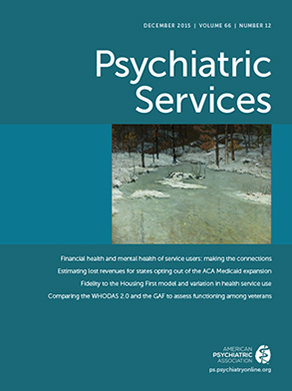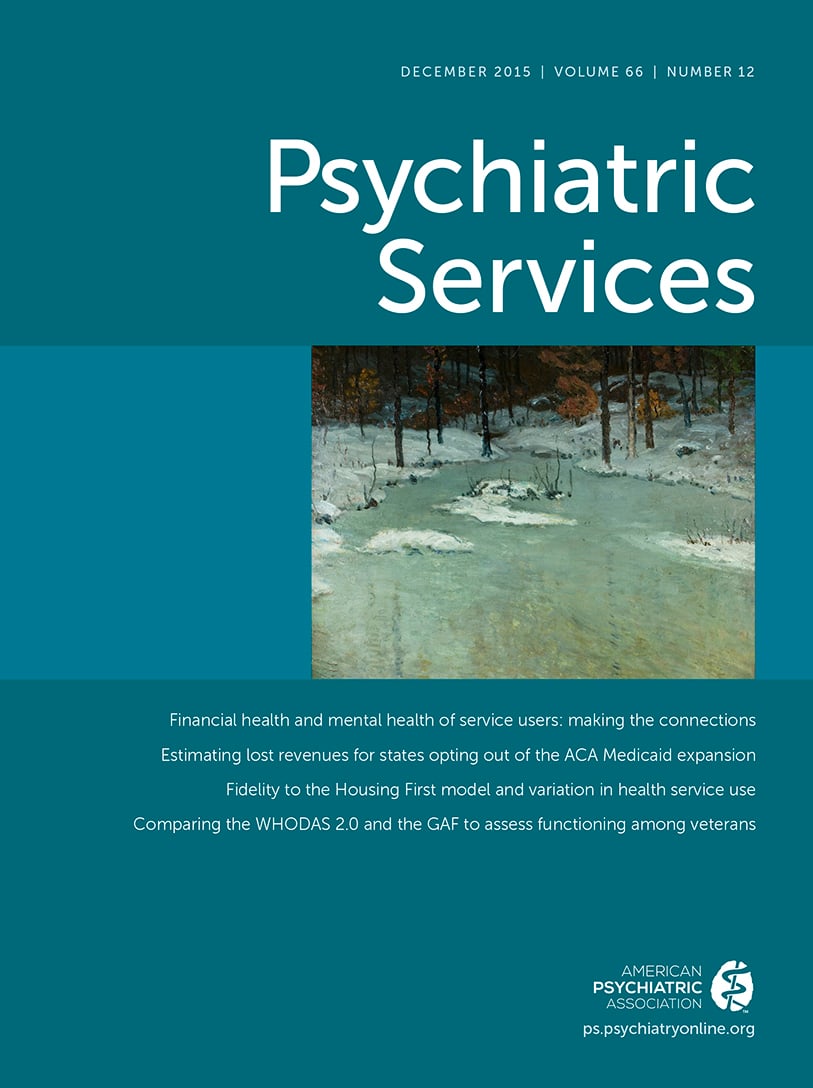Early in my career, I found myself treating single moms on welfare in an inner-city neighborhood in Boston who were suffering from a variety of depressive and anxiety disorders. The Medicaid program was relatively new, and I was able to use that program to address the stresses in their lives by ordering washing machines and dryers on a Medicaid prescription card so that these moms could manage laundry in their apartments and not need to trudge to the local laundromat with laundry for their four to eight children. I was able to negotiate a two-year warranty on almost eight machines before the Medicaid program caught up with me and decided that this was “not a medical intervention.” I was of the firm belief that this was as effective, if not more effective, than medication and psychotherapy for their depression. I remember one home visit when a mom proudly showed me her new washer and dryer.
As a result of that experience, I proposed a study that might directly test the issue of poverty and poor mental health. I was in graduate school at the time (I had just completed my residency), and I wrote a paper that was a cost accounting of our services in the comprehensive neighborhood health center where I was based. A fully costed single hour of psychotherapy provided by me out of the center was approximately $60 (remember, it was 1972). I proposed an outcome study in which patients who came to the center would be randomly assigned to two groups: one group would receive $60, and one group would receive psychotherapy. The study did not pass the scrutiny of what was then the equivalent of an institutional review board. One senior mental health economist exclaimed, “Well, we already know the answer to that one!”
Poverty and mental health have always been closely intertwined. The publication of Hollingshead and Redlich’s work—Social Class and Mental Illness in the early 1950s and Social Class and Mental Illness: A Community Study later in that decade—demonstrated the high correlation of social class and poverty with major mental illness. It has always been a question of whether poverty causes poor mental health or whether poor mental health leads individuals into poverty—or both. But it is clear that the interaction is very close and personal.
Housing—decent, affordable, and available—should be the number one priority for all Americans. “Housing first” is the key building block for mental health care, because without housing it is so much more difficult to provide that care. Homelessness is a public health tragedy.
In this issue of Psychiatric Services, an article by Harper and colleagues on financial and mental health describes the need for services for individuals with mental illness that focus on their finances and that teach them to manage their resources more effectively. The study did not directly address the issue of the interaction of poverty and mental health. However, as one individual who described the stressors of not having enough money to pay utility bills, rent, food, and creditors stated, “By the time we pay the bills we don’t have anything.”
As I look back on my washing machine caper from 40 years ago, I continue to feel that the close interaction of poverty and poor mental health needs to be more directly addressed, not only by our treatment programs but also by welfare and minimum wage policies and by Social Security disability benefits—all in the service of putting more money in people’s pockets to improve the quality of their lives.

